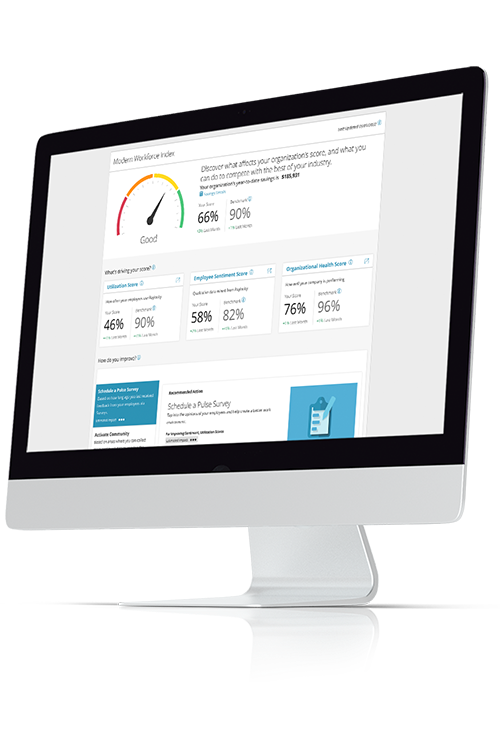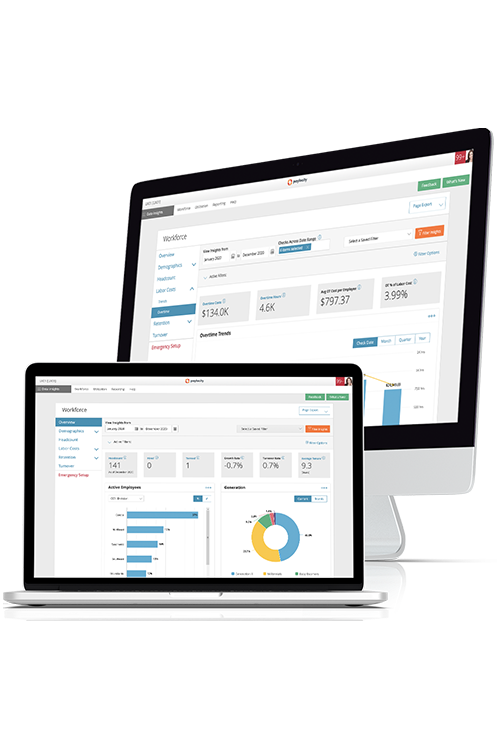Related Learning

Leadership and Employee Engagement: How to Inspire Your People
Have you ever heard so much talk of quitting? Whether it’s of the quiet or loud variety, being disengaged at work appears to be in vogue.
What's the cause of this worker walkout? Some say it's a lack of employee engagement. Studies show that just 32% of employees feel engaged in their current roles.
So, what can leaders do to combat disengagement? Well, having a structure in place which marries leadership and employee engagement is a vital starting principle.
Let’s dig into the data.
Why Leadership Engagement is Important for Employee Engagement
The rules of employee engagement are fluid and unique to each company. But one thing is clear: leaders at every organization must keep engagement high on their priority list. And to do so, they must stay engaged themselves.
When leaders show enthusiasm and commitment, they set the tone for the entire organization and create an atmosphere of motivation and collaboration. Employees who feel appreciated and supported are more likely to give their best effort and contribute to the organization's success. Lack of recognition, on the other hand, is a top reason for voluntary turnover.
Leaders can foster a more supportive environment by using employee experience tools to publicly recognize employees. This can catch fire and lead to an entire culture of peer recognition.
Now let's dive into the specifics. What can leaders do today to engage with their workforce?
4 Leadership Best Practices That Improve Employee Engagement
Impactful executive engagement pays off. Quick and easy activities create noticeable upticks in engagement, and executives can maximize their influence through approachable and accessible efforts.
Showcase your employee-centered culture during recruiting and onboarding
Sharing a video message from your executives during the critical, early days of the employee lifecycle have a lasting impact and reinforce communication and connection.
“Our CEO loves the ability to get instant feedback from employees when he puts his own messages out. That’s been a big deal for him. He wants to be heavily involved so giving him that with Community has been really impactful,” said Becky Miratsky, Chief People Officer for Integrated Life Choices.
Broadcast critical information to employee devices
Announcements ensure all employees get the same information at the same time from the same source. Better yet, video messages ensure better overall information retention. In a world where today’s employees want to be in the know, executive participation via announcements can help create the transparency and trust required for better engagement.

Make personal and professional connections across organizational levels
Executive leadership have the chance to reinforce the collaboration, approachability, and accessibility of leaders by interacting with employees at all levels and across teams based on common interests, locations, or employee resource groups. These opportunities can be rare even when workforces are primarily in person, particularly for new hires.
Small gestures can make executives approachable and accessible
Even a simple thumbs up can make a big difference in the day of one of your frontliners, helping them feel seen and heard. Employees who feel heard are 4.6 times more likely to feel empowered to perform to the best of their abilities. Encourage leaders and executives to regularly connect with employees (online and offline), even if it’s a simple comment or reaction. Check out our article on employee engagement ideas for additional inspiration.
How Does Leadership Impact Engagement: A Study
At Paylocity, we wanted to test a hypothesis that a key difference-maker in employee engagement could be hidden in a somewhat unexpected place. Our clients told us employees were more engaged when leadership actively participated in Community, our social collaboration hub, and we found this to be true internally as well.
During the first few months of the pandemic, our CEO Steve Beauchamp began posting video messages that sparked massive amounts of views, reactions, and comments.
So, we dove into the data to examine the impact of leadership on employee engagement.
Our Data Science team reviewed client utilization metrics on Community over a five-month period, specifically the use of announcements, posts, peer recognition, comments, reactions, and groups.
During that time, we recorded more than 800,000 interactions, ranging from quick reactions (nearly 350,000 smiley faces, hearts, thumbs ups, and more) to company-wide announcements (more than 30,000 opportunities to centralize critical and timely information).
The team then compared executive utilization data against engagement scores, measured by our patent-pending Modern Workforce Index (MWI). MWI provides an overall score of an organization’s health, performance benchmarks to peers, and prescriptive recommendations to improve efficiency and employee engagement.
The story was consistent: when executive leaders are active in Community, their respective employee engagement scores are higher.
In fact, companies whose executives completed at least one activity (post, reaction, comment, etc.) saw MWI scores 12% higher than companies whose executives didn’t participate.
The significance of a higher MWI score is far more than a badge of honor. Companies with top-tier MWI scores see results like:
- 15%–25% lower voluntary turnover
- 24% higher headcount
- 70% more ROI from their HCM tool
Our conclusion: With just a few minutes (dare we say, a few emojis) a day, executive leaders could make a meaningful and significant impact on employee engagement and, in turn, reduce turnover.
Understanding the Role of Leadership in Employee Engagement
Employee engagement and leadership go hand-in-hand. Leaders who are willing to roll up their sleeves to work (and communicate) with those in the trenches stand to position their organization for success through increased engagement and loyalty.
The business impact of employee engagement initiatives is invaluable. Leverage the right HR solution to empower your leaders to foster that engagement..
Paylocity’s all-in-one HR and Payroll software is built to facilitate a strong connection between leaders and their workforce with features like:
- Community, a social collaboration hub, for communication and interactions with your staff, from any device.
- Video integrations for easy, asynchronous messaging with a personal touch.
- Peer recognition tools for highlighting professional wins and creating a culture of celebration.
Intrigued? Request a demo today to learn more about how Paylocity can help you (and your leaders) improve employee engagement.
FAQs About Leadership and Employee Engagement
What is engaged leadership?
In a nutshell, engaged leadership is a management approach where leaders actively connect with their teams.
Think about your favorite teacher in high school. We’d wager they didn’t just stand at the front of the classroom reciting facts for you to memorize. They probably found a creative way to engage you with the subject material and went to great lengths to make sure you understood it.
Engaged leadership is very similar! Having a boss who never checks in and just expects you to get on with things is likely to lead to an inert team. Whereas a leader who actively engages with employees, recognizes hard work, and listens will get far more out of them.
What leadership styles have a positive impact on employee engagement?
The very obvious answer here is any of the ones that encourage their input! A bureaucratic style, where all decisions come directly from company policy or a strategic, goals-based approach, are well and good, but they aren’t likely to foster much employee engagement.
On the other hand, a democratic leadership structure where decisions are made based on input, and a coaching leadership framework that sees employees nurtured and developed, will have a huge positive impact.
How do leadership development initiatives influence employee engagement?
When leaders receive training and coaching in areas like communication, conflict resolution, and emotional intelligence, they become better equipped to create a positive work environment. Engaged leaders foster trust, provide clear guidance, and offer opportunities for growth, which resonates with employees.
Additionally, leadership development aligns leaders with the organization's values and goals, ensuring they can effectively motivate and support their teams in achieving shared objectives.



